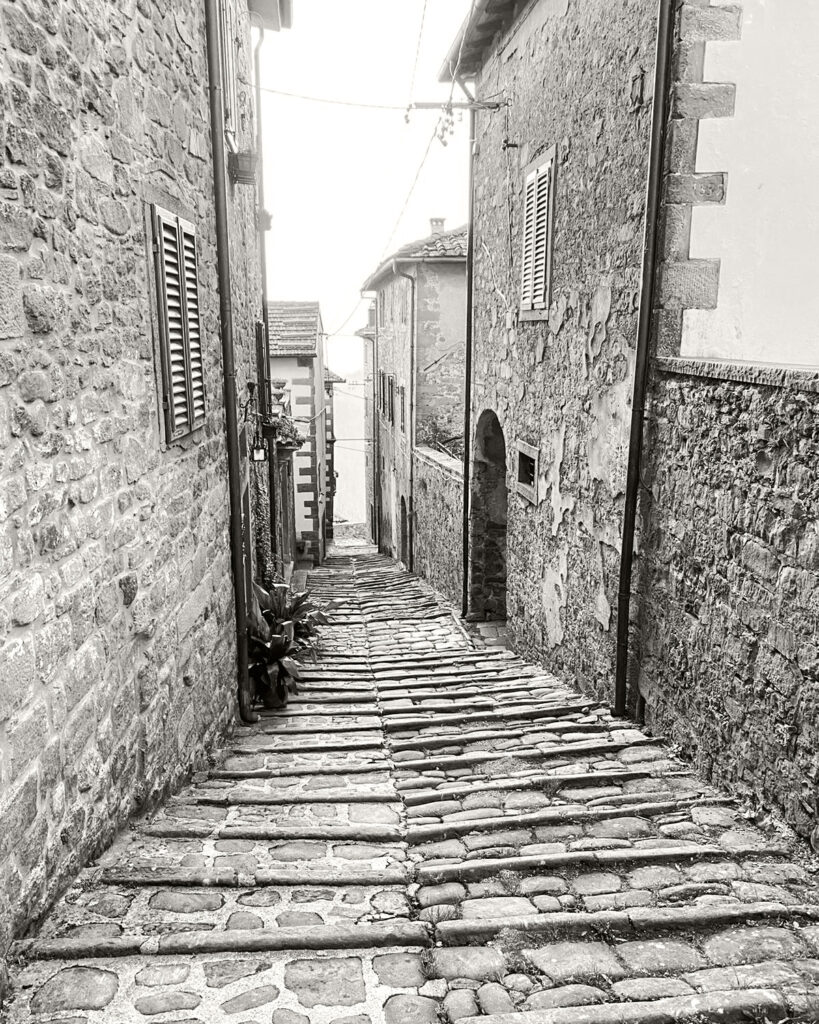About Our Area
Explore Below Our Region’s Rich Tapestry of History, Culture and Traditions, Soaking in its Timeless Charm Across the Ages.
Our Home: Val di Lima
Welcome to our stunning home in North Tuscany, province of Lucca – known for its thermal springs and picturesque surroundings in the Apennine Mountains.
Gira e Sole aspires to share the beauties of our hometown, covering the areas of Val di Lima, Barga and Lucca for travellers interested in culture, adventure, wellbeing and traditions by exclusively selecting only the very best activities and experiences our area has to offer.
Situated in the heart of it all, we feel fortunate to call this diverse area home, with well-known medieval towns and historical cities, breathtaking mountains and the Mediterranean Sea all within arm’s reach.
We are approximately:
- 25-30 minutes from Lucca
- 45 minutes from Montecarlo of Lucca
- 55 minutes from Pisa
- 60 minutes from Versilia beach: Viareggio, Forte dei Marmi, Pietrasanta, Torre del Lago and Lido di Camaiore
- 1 hour from Montecatini
- 2 hours from Florence
The valley is renowned for its stunning natural beauty, charming villages, and rich history and we treat our surroundings with the utmost respect due to its distinct and extensive history.

Travel Through Time and Learn a Brief History of our Area!
Ancient Origins:
The history of Val di Lima dates back to ancient times when the area was inhabited by the Etruscans, who were skilled artisans and traders. Evidence of their presence can still be found in the form of archaeological remains scattered throughout the region!



Ancient Origins:
The history of Val di Lima dates back to ancient times when the area was inhabited by the Etruscans, who were skilled artisans and traders.
Evidence of their presence can still be found in the form of archaeological remains scattered throughout the region!
Roman Era:
During the Roman era, Val di Lima was integrated into the Roman Empire, and the area flourished as an agricultural centre.
Roman roads were constructed, connecting the valley to other parts of Tuscany and beyond, facilitating trade and communication.
Medieval Period:
In the Middle Ages, Val di Lima became part of the feudal system, with various noble families exerting control over the land.
The valley was dotted with small fortified villages, such as Bagni di Lucca, Borgo a Mozzano, and others, which served as strategic strongholds and centres of commerce.
Renaissance and Beyond:
The Renaissance period brought prosperity to Val di Lima, with the growth of trade and the arts.
The valley became a favoured destination for wealthy merchants and aristocrats seeking refuge from the summer heat in the cities.
Magnificent villas, churches, and palaces were built during this time, many of which still stand today as testament to the region’s rich cultural heritage.
Modern Era:
In more recent history, Val di Lima has continued to attract visitors from around the world, drawn by its natural beauty, outdoor recreational opportunities, and cultural attractions.
The valley remains a popular destination for travellers seeking a peaceful retreat amidst the rolling hills of Tuscany.
Overall, the history of Val di Lima is a fascinating tale of ancient civilizations, medieval fortresses, Renaissance splendour, and modern-day charm, making it a treasure trove of cultural and historical significance in the heart of Italy.
Roman Era:
During the Roman era, Val di Lima was integrated into the Roman Empire, and the area flourished as an agricultural centre.
Roman roads were constructed, connecting the valley to other parts of Tuscany and beyond, facilitating trade and communication.

Medieval Period:
In the Middle Ages, Val di Lima became part of the feudal system, with various noble families exerting control over the land.
The valley was dotted with small fortified villages, such as Bagni di Lucca, Borgo a Mozzano, and others, which served as strategic strongholds and centres of commerce.

Renaissance and Beyond:
The Renaissance period brought prosperity to Val di Lima, with the growth of trade and the arts.
The valley became a favoured destination for wealthy merchants and aristocrats seeking refuge from the summer heat in the cities.
Magnificent villas, churches, and palaces were built during this time, many of which still stand today as testament to the region’s rich cultural heritage.

Modern Era:
In more recent history, Val di Lima has continued to attract visitors from around the world, drawn by its natural beauty, outdoor recreational opportunities, and cultural attractions.
The valley remains a popular destination for travellers seeking a peaceful retreat amidst the rolling hills of Tuscany.
Overall, the history of Val di Lima is a fascinating tale of ancient civilizations, medieval fortresses, Renaissance splendour, and modern-day charm, making it a treasure trove of cultural and historical significance in the heart of Italy.
